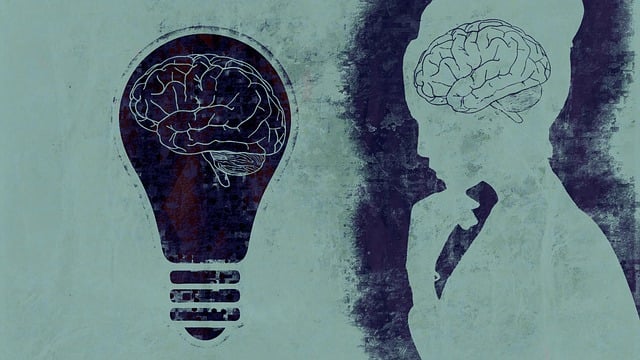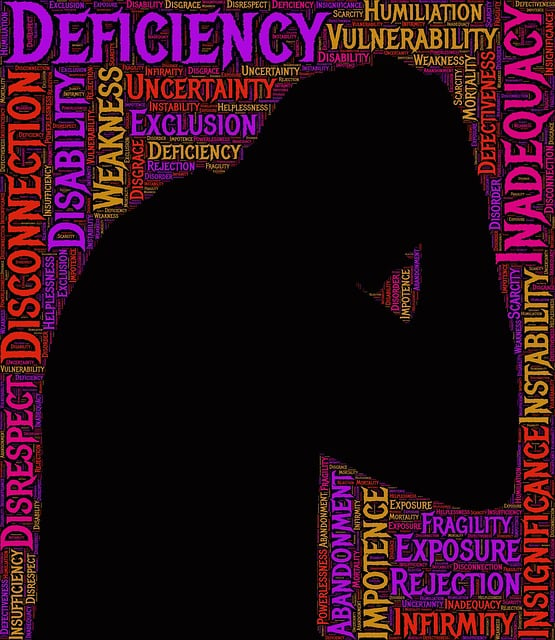Mental health professionals play a vital role in supporting individuals with ADD/ADHD, navigating a complex web of risks that can impact both client and practitioner well-being. By identifying vulnerabilities such as self-harm or therapeutic incompatibility early on, they can develop personalized risk management plans. Essential tools include conflict resolution training, self-care promotion, trauma support services, and public awareness campaigns to destigmatize mental health issues. Understanding and mitigating these risks are crucial for fostering secure environments, enhancing client recovery, and ensuring professional resilience, especially within the niche area of therapy for adults with ADD/ADHD.
In the demanding field of mental health practice, effective risk management is paramount to ensure patient safety and well-being. This article delves into the essential components of risk planning, guiding therapy professionals through a structured approach. From identifying risks in diverse settings—patient, interpersonal, institutional, and environmental—to implementing crisis interventions and fostering a culture of safety, each step is crucial for optimal care. Understanding the unique challenges, such as those faced by adults with ADD/ADHD, allows for tailored strategies to navigate potential hazards seamlessly.
- Understanding Risk in Mental Health Practice
- – Identifying potential risks and hazards in therapy settings
- – Types of risks: patient, interpersonal, institutional, and environmental
Understanding Risk in Mental Health Practice

In mental health practice, understanding risk is paramount as professionals navigate complex client needs and potential challenges. Every individual who seeks therapy for adults with ADD-ADHD or other conditions brings a unique set of circumstances, including past traumas, unmet needs, and coping mechanisms that can either enhance or hinder treatment progress. Recognizing these risks early on is crucial for developing effective risk management plans.
Professionals must be adept at assessing vulnerabilities, such as the potential for self-harm or relapse, and implementing strategies to mitigate these risks. Conflict resolution techniques, self-care practices, and trauma support services are essential tools in addressing these challenges. By integrating these into their practices, mental health professionals can foster a safe and supportive environment, ensuring client well-being throughout the therapeutic journey.
– Identifying potential risks and hazards in therapy settings

Mental health professionals work in a unique and complex environment where managing risks is essential to ensure client safety and well-being. Identifying potential risks and hazards within therapy settings is the first step in developing an effective risk management plan. This includes recognizing factors that could negatively impact clients, such as limited resources, high caseloads, or even specific therapeutic approaches that might not be suitable for certain individuals. For instance, when dealing with adults diagnosed with ADD-ADHD, therapists must consider the unique challenges these clients may face during sessions, like difficulty focusing or organizing thoughts.
One of the key areas to focus on is conflict resolution techniques, as therapy can sometimes uncover sensitive issues or intense emotions. Additionally, fostering public awareness campaigns development can help educate both professionals and the general public about recognizing and managing mental health risks. Equally important is implementing strategies for self-care routine development for better mental health among therapists, which can prevent burnout and ensure they remain equipped to support their clients effectively.
– Types of risks: patient, interpersonal, institutional, and environmental

Mental health professionals encounter a multitude of risks that can impact their practice and well-being. Understanding and mitigating these risks is crucial for maintaining a healthy work environment and providing quality care to clients, especially those seeking therapy for adults with ADD/ADHD. The primary types of risks include patient, interpersonal, institutional, and environmental factors.
Patient risks refer to potential hazards arising from the therapeutic relationship itself, such as boundary issues or misunderstandings that could affect emotional regulation. Interpersonal risks involve challenges related to communication and collaboration among colleagues or support staff, which may hinder effective care delivery. Institutional risks pertain to organizational policies, procedures, and resources that can either facilitate or impede mental health practice. Lastly, environmental risks encompass broader external factors like work-life balance, stress management, and access to self-care routine development guidance, all of which significantly impact professionals’ overall mental wellness. Incorporating strategies for addressing these risks is essential in fostering a robust risk management plan tailored to the unique needs of mental health practitioners.
Risk management planning is an indispensable practice for mental health professionals to ensure a safe and effective therapeutic environment. By understanding and identifying various risks, including patient, interpersonal, institutional, and environmental factors, therapists can create robust strategies to mitigate potential hazards. This proactive approach not only protects clients, especially those seeking therapy for adults with ADD-ADHD, but also fosters a secure atmosphere conducive to healing. Effective risk management enables professionals to navigate complex scenarios, enhance client outcomes, and maintain the highest standards of care.









